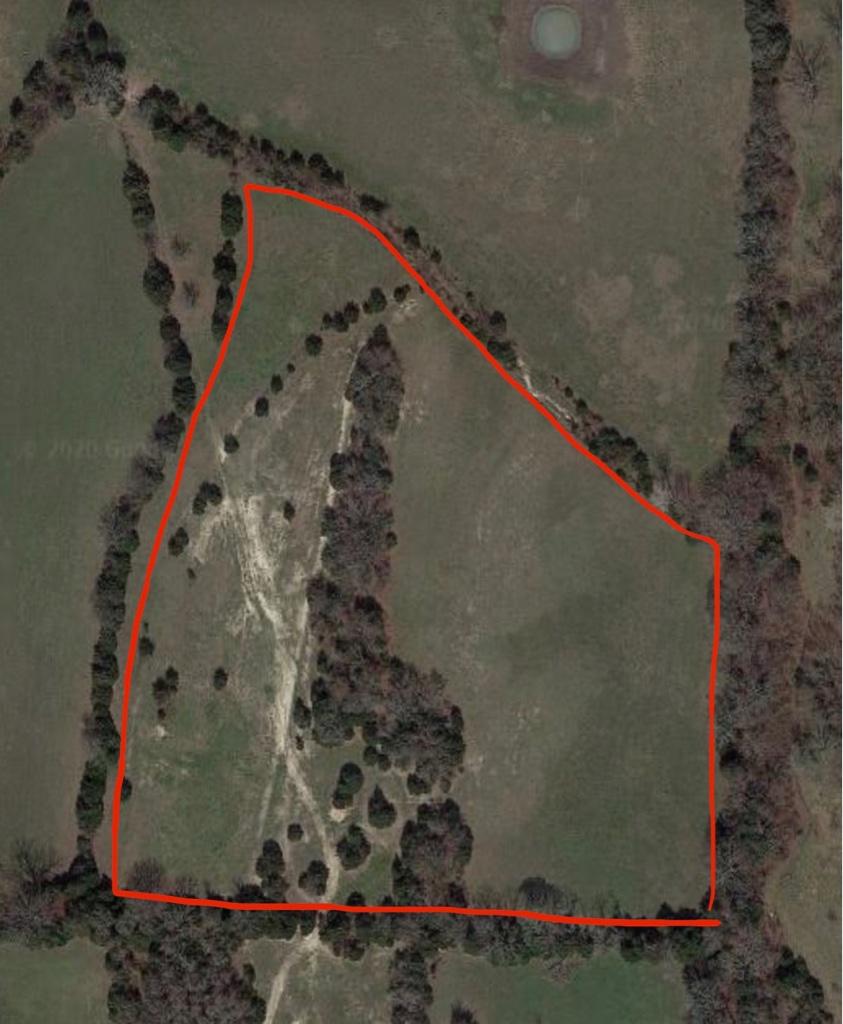Iowa_Dave
5 year old buck +
The last "controlled fire" I was involved in didn't go quite as I had hoped. I am retired from the Sheriff's Office after a 40 year career. One afternoon, many years ago, when I was a new "young deputy", I responded to the scene of a grass fire and arrived prior to the Fire Department. Upon my arrival a rural homeowner, using a broom, was frantically attempting to stamp out a grass fire he had started in an attempt burn off a grass area adjacent to his lawn. He was frantic as he had lost control and he was attempting to save a line of 15 to 20 nice spruce trees along his driveway. I guess he was proud of these trees as he had planted them 15 years earlier and they had become a beautiful row trees.
Well, when I arrived, I immediately allayed his fears by assuring him that I had "been at many grass fires and that the fire won't hurt anything that is "green". He was immediately relieved and stood back with me awaiting the fire department. Much to my surprise, and chagrin, as the fire reached the line of spruce, and the pitch contained within, they exploded one by one each with a big "wooof" as the next one ignited right down the line. I thought to myself that they went up as if they had been sprayed with gasoline. Wow!... Wow!... Wow!... Wow!...............
I guess I wasn't quite as smart as I thought I was at the time. You can only imagine how quickly I excused myself from the scene and went back in service looking for the next citizen I could "serve and protect".
Uhhhh...never mind.
But I wonder what it was about the spruce trees that you saw that led to them catching. Were the flames up into the branches, did the needles below catch, etc? I don't have any spruce on my farm, so I am not familiar with what would have led to them catching.




